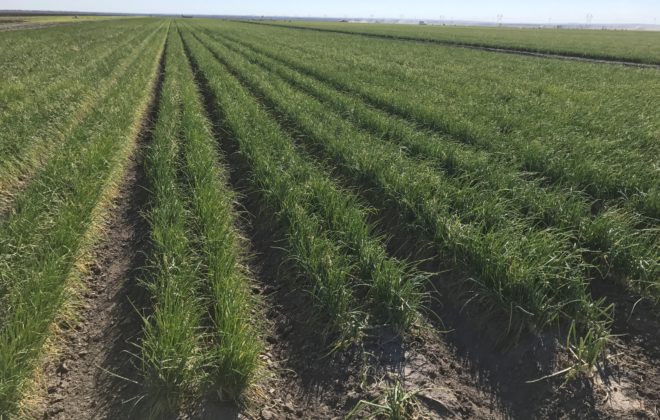Protect your plants from Rough Weather
With the wildly fluctuating temperatures in most parts of the country lately, you need to be vigilant about protecting your onions. Here are some helpful tips and facts to keep your crops safe as they develop.
Insulation as Prevention
Onions can withstand frosts and moderate freezes, but you must shield them from hard freezes — that is, periods of at least four hours of temperatures below 25 degrees. They can survive temperatures as low as 20 degrees, but not for long.
Before a predicted freeze, water your onion plants and cover them with fabric or mulch to help prevent damage if you can. We recommend hay, mulch, grass clippings, etc. Moist soil, snow, and even ice act as insulation, holding heat in the soil around the bulb and root. Coverings further help by keeping the plants protected from the biting cold and wind.
Identifying After-Freeze Damage
Once a hard freeze has occurred, you need to examine your onions right away. Take a close look at the exposed portion of your onion bulbs. If you see translucent skins or those that seem to be water-soaked, you’re looking at freeze damage. With care, the onions can survive surface damage.
Not all freeze damage is immediately obvious. In a few days, check your onions again for mushiness. Then pull up a few and cut into them at an angle to expose the inner rings. The plants that are mushy when you pull them up or that display internal translucence can’t be saved.
Bouncing Back With Extra Care
After any hard freeze, the plants will need watering, since the ground usually dries out significantly during a freeze. Give your plants a couple of weeks to bounce back. They need time to generate more carbohydrates, which is their life source (not to mention their flavor source). If you see new leaves emerging, your plant’s on its way to recovery! Check on your onion plants more often than usual for a few weeks, for signs of new growth.
We can’t control Mother Nature, but we can take measures to minimize damage from hard freezes. Protecting your plants now will have big payouts at harvest time.
Too Much Rain and Moisture
Heavy rains combined with rainfall can damage your onions also. The wind has a tendency to damage the tops providing a path for bacteria and fungus to enter. If you are expecting heavy rains, you can spray your onions with a fungicide as a preventative to build up it’s “immune system” and give it a head start to recovery. You will also want to spray your plants following heavy rain to ensure that your plant remains healthy.
Use an All Purpose Fungicide on a bi-weekly basis for prevention or a weekly basis as needed following rain and moisture.
Feel free to contact us with questions at (830) 876-2430 or email us customerservice@dixondalefarms.com.





The wind bent my onion tops over, they were pretty tall. Should I trim the top off just under the bend?
No, that will give an opening for anything to damage the onion a path straight to the onion. I would leave the tops how they are.